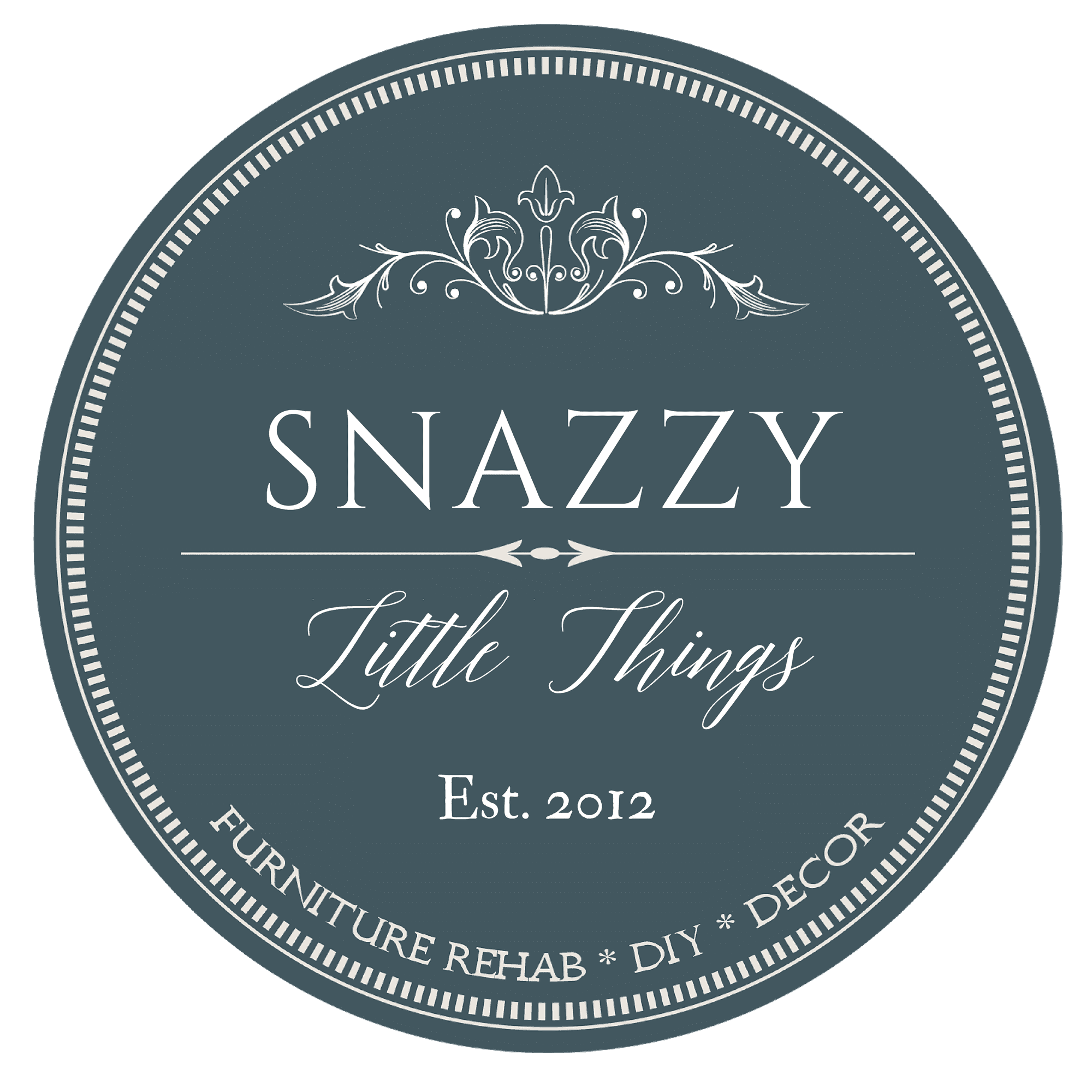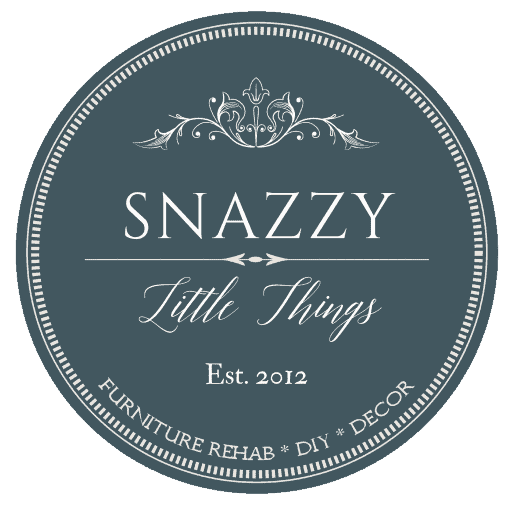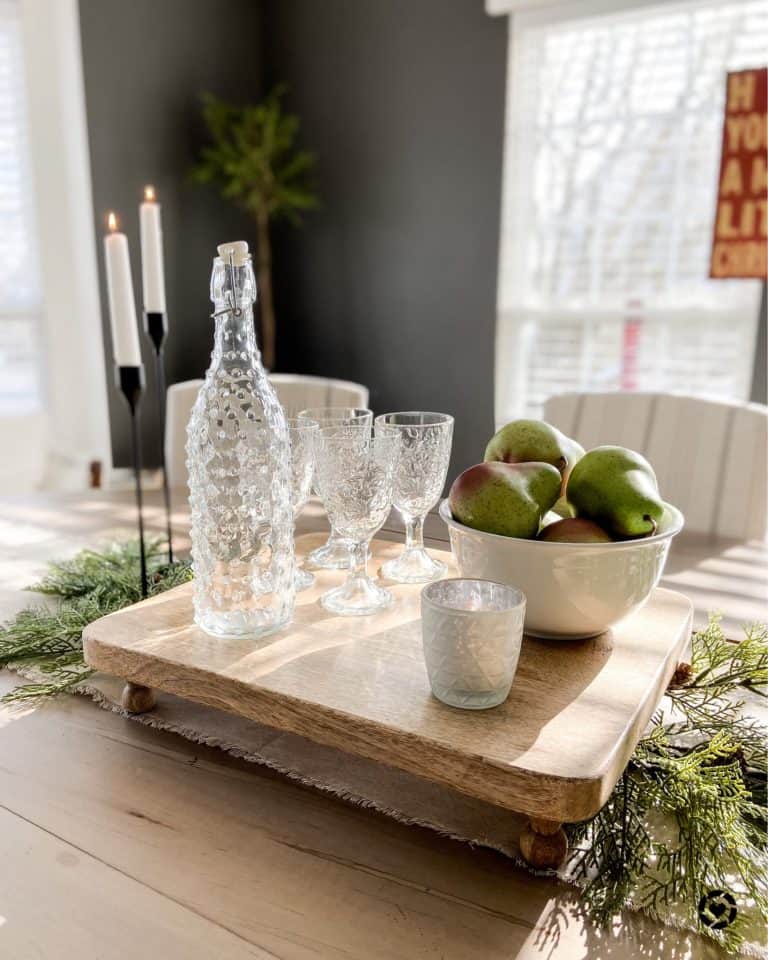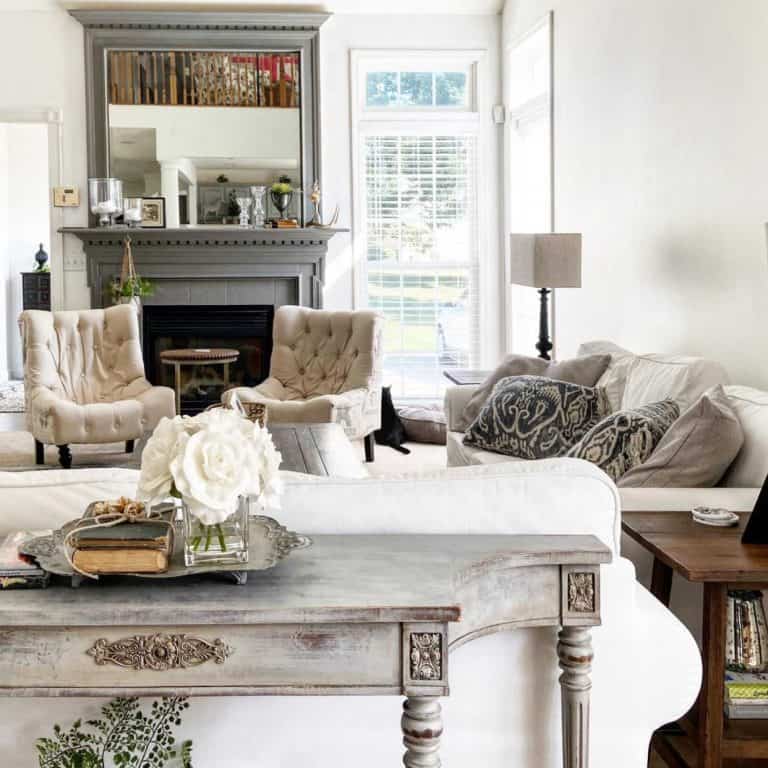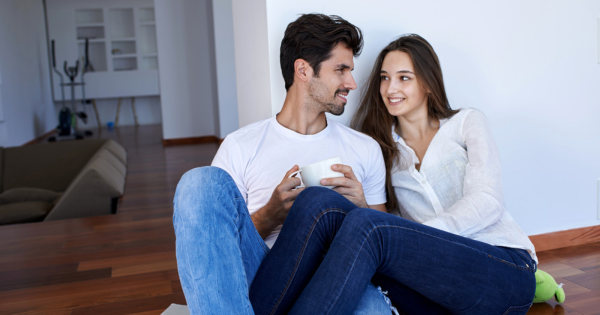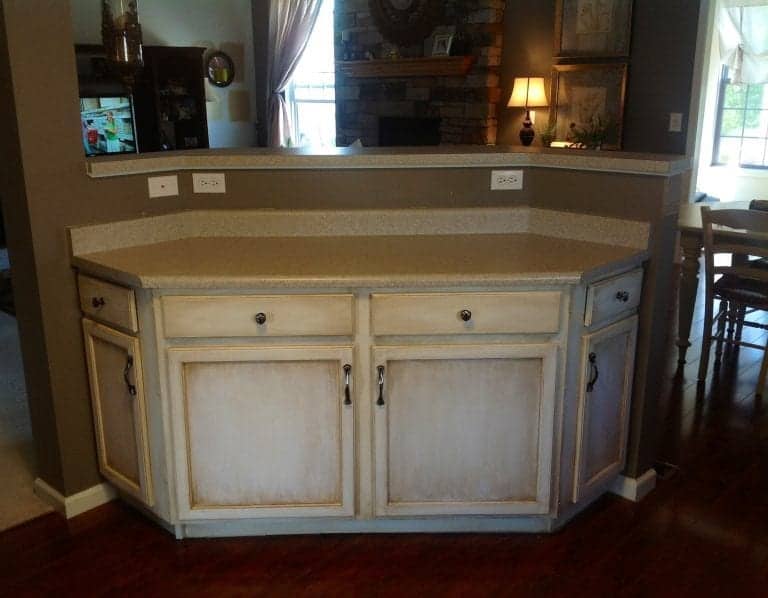Tips To Make Your Space Ideal For Indoor Outdoor Living
It’s important for your home to have a flow throughout it, but what about the flow of your home from the indoors to the outdoors? Indoor outdoor living doesn’t mean that you need to have your entire home designed around the indoors — in fact, with these tips and tricks, you can help make your indoor space flow effortlessly into the outdoor ones.
Keep a Theme
When you look through the best indoor outdoor designs, one thing you’ll notice is that the indoor and outdoor decor are extremely similar. When you’re trying to create a space that flows seamlessly from indoors to outdoors and vice versa, you should make sure that you keep your furniture and decor similar enough to look like it could all belong in the same room. If there’s a certain color that you use a lot in your indoor design, finding ways to tie that into your outdoor living spaces would be a great way to tie them together. You can also replicate and repeatedly use the same patterns, textures, and furniture types. If your home is decorated in a very mid-century modern style, you should try to look for outdoor pieces that follow the same style.
Use Plants
Plants are a great decor piece to tie the outdoors and indoors together. In your indoor spaces, you can hang house plants or display them on a shelf or tabletop. To create continuity between the indoors and outdoors, you can place planters in your outdoor living space. The green of the plants will also fit into the first tip by taking the same type of decor from the indoors to the outdoors. Choose planters and pots in similar colors, patterns, or textures to further connect the two spaces.
Create an Outdoor “Room”
For your outdoor space, think of designing it as though it is an indoor room. This means adding in decor pieces that you may not think of for outdoor spaces, like a rug, side table, and decorative pieces. Make sure that anything you buy for your outdoor spaces is ready for any inclement weather that your home may get.
You should include lighting as well to ensure that you can still use your outdoor space even when it’s dark outside. If you don’t have outdoor outlets, you should consider using outdoor solar-powered lights. There are many different kinds of outdoor solar lights because they are not only convenient, but they also help the environment. In fact, America’s solar power alone offsets more than 70 million metric tons of carbon dioxide every day. Try to find outdoor lights in a style that mimics your indoor lights to really make the two spaces feel like one.
Consider an Outdoor Kitchen
If you love grilling and outdoor cooking, having an outdoor kitchen or kitchenette is a great way to encourage indoor outdoor living. Make sure that you’re getting the best possible materials so that your kitchen can stand the test of time — indoor cabinets can last 50 years, and depending on the climate you live in, your outdoor ones could as well. Make sure to do your research, and if possible, you can even get the same brand of cabinets as you have in your indoor kitchen. This would definitely help to ease the visual transition from your indoor kitchen to your outdoor one, and it would help create a cohesive look.
Adjacent Lounge Areas
If the door to your outdoor space is connected to a living room or other lounge space, you can create an outdoor lounge that coexists next to its indoor counterpart. To tie the spaces together, try to use similarly patterned throw pillows indoors and outdoors, choose couches or other seating options with similar patterns, fabrics, or materials, and tie in similar artwork and decor from the indoors to the outdoors. By making it feel like your lounge flows smoothly from the indoors to the outdoors, you’ll feel like your home has suddenly become significantly bigger.
Room to Entertain
If you love entertaining, you should make sure that you’re prioritizing having an entertainment aspect to the outdoor space of your home. Including the room ideas from above — a kitchen and a lounge area — are great ways to create an entertaining space. If you have a pool, consider using underground storage instead of a pool house to allow for more entertaining space in your yard. Make sure to check before digging anything as you could have pipes or UST such as connected underground piping with at least 10% of the combined volume underground.
Consider other things that you want in your outdoor entertainment space, such as a dry or wet bar, a mini-fridge, or an area where you can serve food. When you’re designing the space, make sure to design around the most important elements. Small things like decor can be added later on to make the space more cohesive to your indoor rooms.
Keep Flooring the Same
One easy way to create visual continuity is to keep the same flooring indoors and outdoors. This kind of continuity does require more preplanning than adding match accents, but it has a big pay off. If your indoor space has a type of flooring that can’t be used outdoors, such as hardwood floors, you can look into other options that mimic the appearance of those floors. There are many outdoor flooring options that mimic the appearance of indoor flooring, so you should search for the closest match to your indoor flooring to make the flow from the indoors to the outdoors as smooth as possible.
If you want to make the indoors flow smoothly into the outdoors of your home, these ideas will help you start. Indoor outdoor living doesn’t mean you need to dramatically change the entire layout of your home or install large windows or doors, but it does require some smart design.
What’s your favorite type of indoor outdoor living design? How do you make your home flow smoothly from the indoors to the outdoors? Let me know in the comments!
